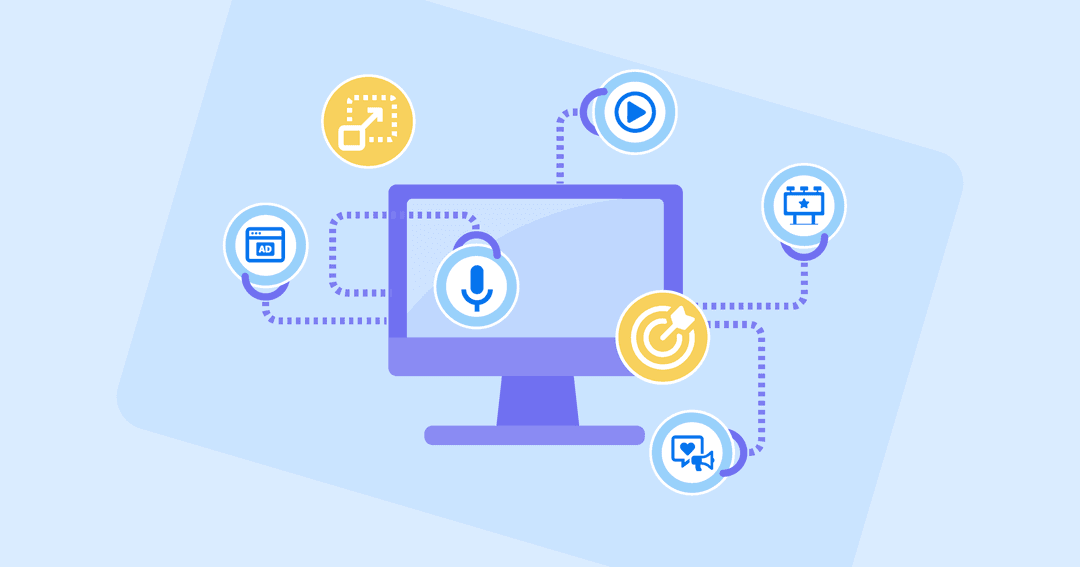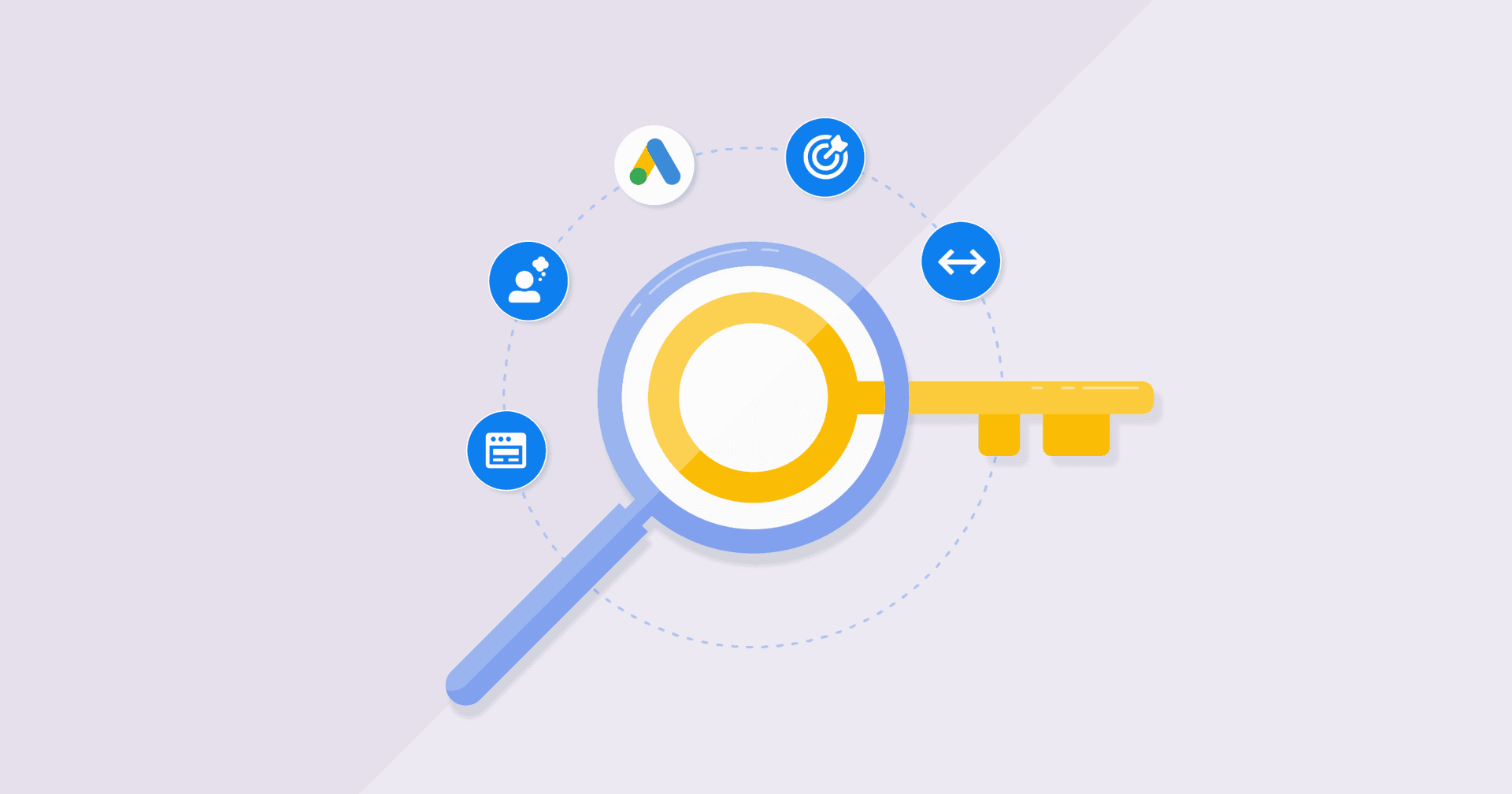Table of Contents
QUICK SUMMARY:
Programmatic advertising automates the buying and selling of digital ads using machine learning. Key strategies for successful programmatic campaigns include real-time targeting and data analysis. This guide covers the best practices to optimize programmatic campaigns to ensure ads reach the intended target audience and achieve campaign goals.
When you need to reach your clients’ target audience at the right time, programmatic campaigns do just that. But keeping track of all this dynamic data can be a lot for agencies with multiple clients. These best practices for your programmatic campaigns will help you efficiently plan, execute, and analyze your programmatic ads so that you can hit your campaign goals and impress your clients.
This article covers:
What Is Programmatic Advertising?
Programmatic advertising automates buying and selling digital advertising by utilizing the power of machine learning. Gone are the days of manually bidding, ordering, and setting up ads. When you partner with a demand-side platform (DSP) that leverages machine learning and AI, your ads are automatically placed in real-time.
Currently, these are the 7 most relevant programmatic channels in 2022:
Display Ads, in Programmatic, specifically refer to ads placed at the header, footer, or sidebar
Connected TV (CTV) Ads
Digital Out-of-Home (DOOH) is any digitized display ad that appears in a public environment. i.e. outdoor signage, digital billboards, and networked screens in stadiums
Audio Ads
Native Ads
In-Game Ads
Why is Programmatic Advertising Important?
Marketers and agencies are quickly recognizing the benefits programmatic, and as a result, global spend has been rising. Programmatic advertising is important because it has benefits that are relevant in today's digital landscape. It is scalable and flexible, which makes it accessible regardless of budget, and it delivers massive reach.
Precision-based targeting enables marketers to narrow down their targeting pool to reach specific users, and real-time data means marketers can see campaign data, analyze that data, and leverage it to optimize.
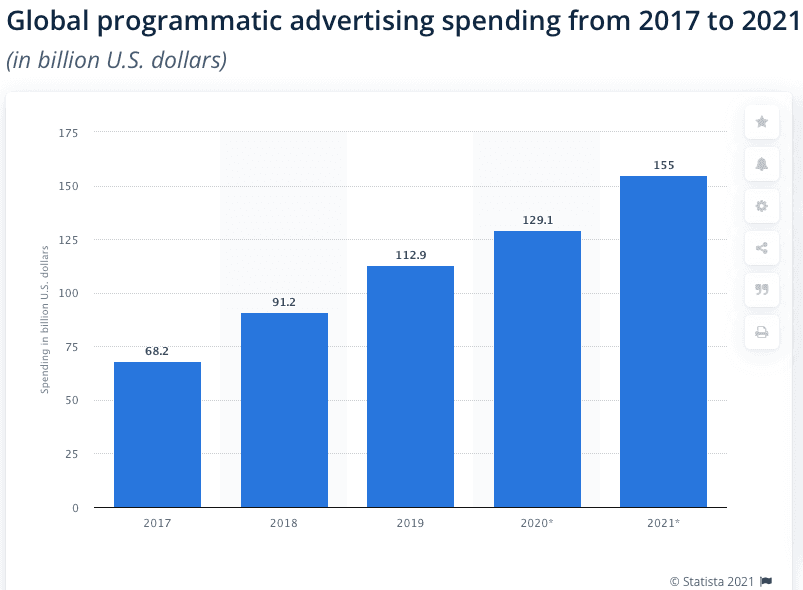
Here are two main reasons why programmatic advertising should become a part of your agency’s digital marketing strategy:
Increased Efficiency
Traditional buying of ad space is a lot like backlink partnerships: it involves a lot of back and forth emails and takes up a lot of your agency’s time. The data-driven and automated approach of programmatic advertising makes it far more efficient than the traditional method of ad buying.
With programmatic, marketing agencies don’t need to reach out to web admins to buy ad space for their clients. Instead, agencies use DSPs to get their ads placed in real-time. DSPs like StackAdapt automate the bidding process on native, display, video, CTV, and audio ad inventories from a large variety of publishers.
When partnered with the right DSP, agencies have access to an extensive list of publishers. A DSP provides the ability to reach specific audiences, as opposed to buying inventory from publishers in the traditional way, without knowing which audiences will actually see the ads.
Scaling Online Presence To Reach a Larger Audience Base
Are you tired of fiddling with ad targeting and demographics, trying to find the best targeting options within your budget? Programmatic advertising takes care of that for you, at scale. You can bid on ad space from multiple sources, reaching people in any location or demography which comes in handy when your clients have online businesses that serve customers globally.
Now that we’ve established the importance of programmatic advertising, let’s get right into some best practices.
6 Best Practices for Programmatic Advertising Success
1. Align Your Objectives With the Right Programmatic Platform
As with any marketing strategy, it’s essential to plan. Knowing what your clients want to achieve will help you set your goals accordingly.
Do your clients want to drive conversions, or are they looking to increase brand awareness? It might be both, but knowing your client’s business goals will help you divide their advertising budget accordingly and choose the right platform to run your programmatic ads. To positively impact your clients’ bottom line, the right goals and target audiences should be top-of-mind when selecting the right DSP and creating your ads.
Prioritize one KPI over others to measure success and consider different bidding models from the platforms you buy media on (CPM, CPC, CPCV, CPE) based on your main KPI.
For instance, a bidding model unique to StackAdapt is the cost per engagement (CPE) model, a unique bidding strategy where the user will only pay for the impression once the user has clicked and stayed on the site for longer than 15 seconds. Using this bidding model would be a great use case for a campaign where time on site or engagement is your top KPI.
On the other hand, if you had a lower funnel goal, you would connect your KPI with a different type of relevant bid..So, if your KPI is 200% ROAS, you may adjust your bid type to be CPC, as you are aiming for lower funnel results. If your goal is brand awareness, going for a CPM bid type and focusing on impressions would be more appropriate.
2. Plan Your Campaign Before Launching
Just because programmatic advertising is designed to target the right people, at the right time doesn’t mean you don’t have to give it the right directives.
Doing some initial forecasting and planning before launching the campaign will ensure that your campaigns are scalable. You can do this by using Forecasting. Forecasting allows you to better understand how your campaign is going to scale and perform before spending any budget. By adding a number of forecasting parameters, like audience, geography, inventory to run on, budget, and goal, you're able to forecast the performance of a campaign. This way, you can identify the highest-value opportunities, and ultimately, reach customers across an optimal media mix.

3. Segment Your Audience
Programmatic is highly personalized, and your ads should be too. It boils down to audience targeting. Focusing on the customer journey is a great way to segment your audience.
Audience Segmentation Based on the Customer Journey
Awareness Message: About your client’s brand AD >>>> General Landing Page, Home page
Consideration Message: Refined messaging on why they’re the best AD >>>> Remarketing to the product page, Testimonial page
Purchase Incentive to buy a specific product they viewed AD >>>> Discount on a product
For instance, if your prospects are still in the awareness stage, the ads they see should direct them to more general landing pages like the homepage. From there, you could re-engage the audience with remarketing ads that direct them to a more specific landing page, and move them down the funnel.
If they have already shown interest in a particular product or service, reminding them of that product and creating a sense of urgency to complete their purchase could help drive conversions.
Agency Tip: Use your clients’ CRM data to create lookalike audiences based on their existing customer base, and take advantage of the hard work you’ve already done in converting ideal personas into paying customers.
Consider diverse inventory options, such as running a whitelist line item or a contextual line item, and other line items targeting segments such as browsing segments or CRM lists. This ensures that you are testing all targeting variations to drive success and scale for your campaign.
4. Leverage Data to Create Relevant Camapigns
Once you’ve segmented your audience, it’s time to decide on the right content for your ads.
While still fitting within your target demographics, awareness ads will reach broader audiences. Third-party data can help you target your audience based on:
What site or apps they have visited
What types of content they respond to
Other similar audiences from on-site traffic
Use those options when selecting your awareness ads.
Once a prospect becomes aware of your client’s business, it’s time to pull out the big guns: 1st-party data. Now you know that they’re actively searching for something, what they’ve already browsed, and what they’ve shown particular interest in. Even if the prospect visits your landing page once, twice, or three times, they might not convert. On average, it takes eight touchpoints in a customer’s buying journey to move them from awareness to decision. That’s where retargeting comes in handy.
Agency Tip: Take advantage of campaign flight options such as dayparting, frequency capping, and retargeting exclusions to remove unnecessary spending where possible.
The more visitors that click through to your client’s website, the more likely they will come back. Incentivize prospects to type in their data and preferences in exchange for a free resource like a guide, or discount code, so that you can use that information later on. Hello, zero-party data!
5. Build Multi-Channel Campaigns
When building your campaign, keep in mind that your ads will appear across many different devices and channels. Setting marketing attribution models will allow you to measure the performance of your target audiences.
Set an attribution model (i.e. last touch, multi-touch, or linear) before launching your campaign. It will be carried through all of your platforms, even outside programmatic. Staying true to this attribution model throughout your digital media plan will help you maintain a sense of consistency through all of your digital initiatives, which will help assess performance.
Keep in mind that multi-channel marketing is the way to go when launching a programmatic campaign. Make sure to test out all relevant channels for scale and performance testing and find ways to connect them to make a meaningful impact, such as sequential retargeting or video completion retargeting.
Because of the nature of programmatic ads, ensure that they are optimized for both desktop and mobile devices. Try dynamic retargeting creatives and HTML5 (rich media) ads to gather the most attention possible from your user. Bright colors work best and avoid colors like grey and brown to drive the most engagement.
Agency Tip: Create new line items per targeting tactic or per device to hone in on the most insightful results in reporting later on.
6. Monitor and Optimize Your Campaigns
Set a reporting cadence and make adjustments during the campaign flight, such as pausing domains or underperforming creatives and capitalizing on segments that are working. The beauty of programmatic is seeing results in real-time and capitalizing on those results through each of your channels!
This brings us to the next set of tips: how to optimize your programmatic campaigns once they’re up and running.
Tips for Optimizing Your Programmatic Campaigns
How a programmatic ad campaign is optimized and measured will ultimately determine its ongoing success. Although most of the heavy lifting happens programmatically (hence the name), it’s important to keep tweaking your campaign settings to ensure they are delivered effectively. Here are four things to consider.
1. Win Rate
Win rate is the number of impressions won from your bids (not to be confused with the sales win rate). This is presented as a percentage that indicates whether your base bids are high enough to win inventory.
If you’re falling under this range, there’s a high chance your campaign is under pacing and you need to optimize your campaigns.
If your win rate is healthy and you are still under pace, you’ll need to look at increasing your audience targeting or adding more geolocations to expand your audience. You also need to look at other areas to win more available impressions elsewhere since you’re already getting the majority of the impressions there.
This brings us to the next consideration.
2. Campaign Pacing
Pacing your programmatic campaigns is vital to ensure that your campaign’s spending is serving its fullest potential for each campaign flight. Look at your base bid and your frequency settings to keep your pacing under control.
Under Pacing: This is when your campaign is not bidding competitively enough to win impressions in the open market. Check your win rate to see if this is what’s happening.
Agency Tip: Don’t make drastic changes. Increase your bid rate incrementally until you’re happy with your pacing and watch as your win rate increases to the optimal level.
Over Pacing: This is when your pacing is at 110% and higher. You’ll want to tone it down a notch by decreasing your base and max bids to not burn through your campaign budget too quickly. The goal is to keep an efficient ad spend throughout your campaigns by optimizing your bids.
Agency Tip: Only decrease bids with a win rate of 35% and higher, unless you need to significantly reduce the current return on ad spend and you’re willing to take a hit on deliverability do so.
3. Conversion Troubleshooting
Let’s say your campaign has been running for a while, and you’re not seeing the conversion results you were expecting. It might be time for some campaign clean up. Take a look at your campaign ad groups to review your assets and how they’re set up.
Consider:
Your landing page: Direct visitors to your client’s home page or to a dedicated landing page.
Your creatives: Craft your messaging around your target audience. Ensure the copywriting creates a concise message that resonates.
Your targeting: Be sure to test various targets.
Your conversion URL: Provide a conversion URL when you set up your campaign so you can track cost-per-acquisition (CPA) or the actual conversions.
Your conversion tag: Place and test the conversion tag to make sure it is firing correctly and tracking conversions.
4. Aligning with Your Campaign Goals
Last but certainly not least, it's important to ensure your campaign goals align with your client's business goals. Although goal-setting is the first step in setting up your programmatic campaign, it’s worth periodically looking at your KPIs to ensure your clients will reach their goals.
Let’s take a look at your programmatic campaign KPIs and how to optimize them.
Cost per Acquisition (CPA): The price you aim to pay for a user to convert once.
Drive lower-funnel conversion actions by implementing a retargeting ad group.
Make recency bid adjustments: Bid more aggressively on prospects that are new to your retargeting audience and less aggressively on those who entered the retargeting pool over a certain threshold. This could be shorter (e.g. 5 - 7 days) for low consideration purchases or longer (e.g 3 - 4 weeks) for higher consideration purchases.
Segment your retargeting audiences based on the customer journey. By looking at the pages a person viewed within the site, you’ll better understand their intent. For example, someone who gets to a product page is more likely to convert than one who only saw the homepage. Your most valuable prospects are those who made it to the cart but abandoned it.
Cost per Click (CPC): The price you aim to pay for a user to click on your ad.
Look for supply vendors that are delivering on your ideal CPC range. You can create a preferred list of sites that cater to your desired CPC. Those outside your selected CPC range can go on your exclusion list.
Click-through Rate (CTR): How interested your audience is in your ads or offering.
Make a list of preferred sites that are performing well and a block list of low performing sites. Bid higher for the best performing sites, and decrease your budget on the websites that deliver below the fold.
Cost per View (CPV): How much you pay for a user’s full, and undivided attention.
Create preferred lists for sites that garner your desired Cost per Completed View (CPCV) or Cost Per View (CPV) and block those outside that range. If viewers aren’t watching the full video ad, consider setting them to non-skippable and bidding on your ads with higher viewability.
Retargeting your video ad group can also help you drive bottom-funnel conversions. Segment those creative events to retarget those who have watched more of the video using different ad formats like display.
Removing video banner ads from your inventory also helps, as these have a higher tendency to be closed.
Reach: How popular are your ads, really.
If reach is your goal, you’ll want to spread your net as far and wide as possible. That means:
Enabling cross-device targeting.
Lowering your frequency cap. For instance, reduce from three impressions every eight hours to one impression every four hours.
Adding additional targeting like 3rd-party data segments, keywords, or categories.
Now for some real examples of optimized programmatic campaigns.
Examples of Winning Programmatic Advertising Campaigns
Let’s take a look at how some creative marketing agencies mastered the art of programmatic, and the results they brought their clients.
How the Digital Pawprint Campaign Matched Shelter Animals With Their Owners
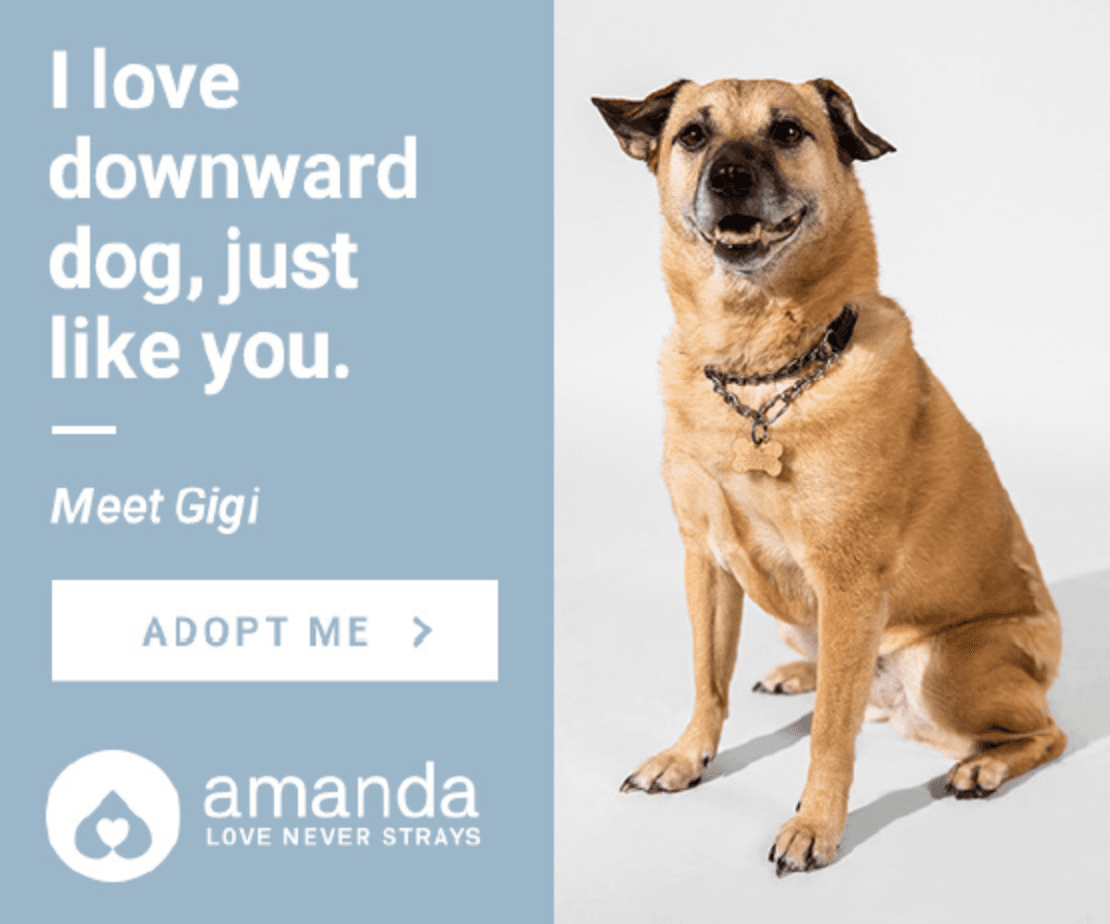
The agency behind the Amanda Foundation (a nonprofit animal shelter) used programmatic advertising to match owners with their future pets using targeted banner ads featuring real animals that were up for adoption.
The key to their success? Customized messaging and audience targeting. Dog breeds were matched based on people’s hobbies and characteristics so that a border collie would be matched with an avid runner.
Cat lovers were matched with favored felines after visiting bookshop websites, with messaging around curling up to read a book, and so forth.
The happy result? Every animal featured was successfully matched to a home.
How This Agency Disrupted the Hotel Metasearch Industry
It’s a hotel’s dream to get direct bookings from their website to avoid the high commission rates and selling underpriced rooms. So when IHG hotels wanted to get more direct bookings, they turned to programmatic advertising.
Looking at the data, they noted a 20% shift from booking directly to using companies like Expedia, Kayak, and Booking.com that have dominated the hotel booking industry–at the expense of hotel owners.
Most customers book hotels from such mega-sites instead of the hotel’s website for convenience and, seemingly, the lowest pricing options.
IHG hotels wanted to dispel this misconception using programmatic ads targeting people looking for hotels given a specific price range. The messaging? “Book with us–it costs less.”
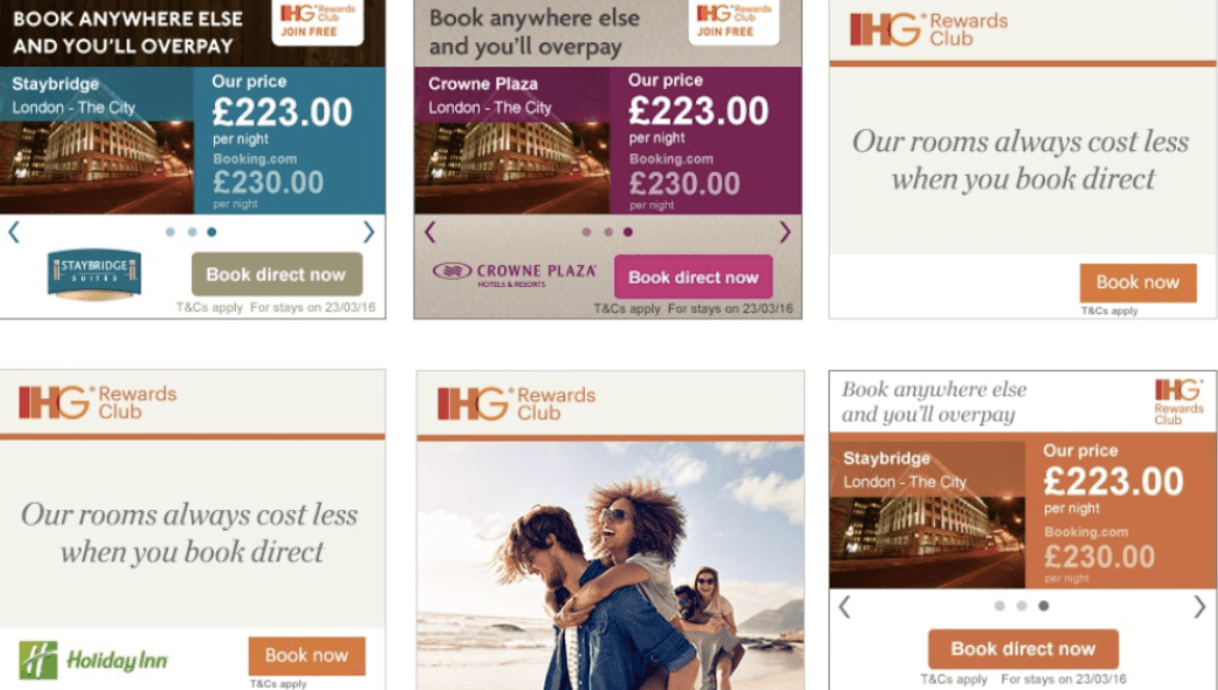
The promise of the lowest price was effective because it won back much of the traffic lost to mega search engines. And it certainly didn’t tax their creative team’s time to create. It’s an example of solid execution, matching effective copywriting with audience targeting.
How The O2 Refresh Campaign Improved CTR by 128% Using Repurposed TV Ads for Programmatic
As a final example, let’s take a look at how O2, a large Telecom company, personalized its mobile advertising campaign using hyper-personalized ads.
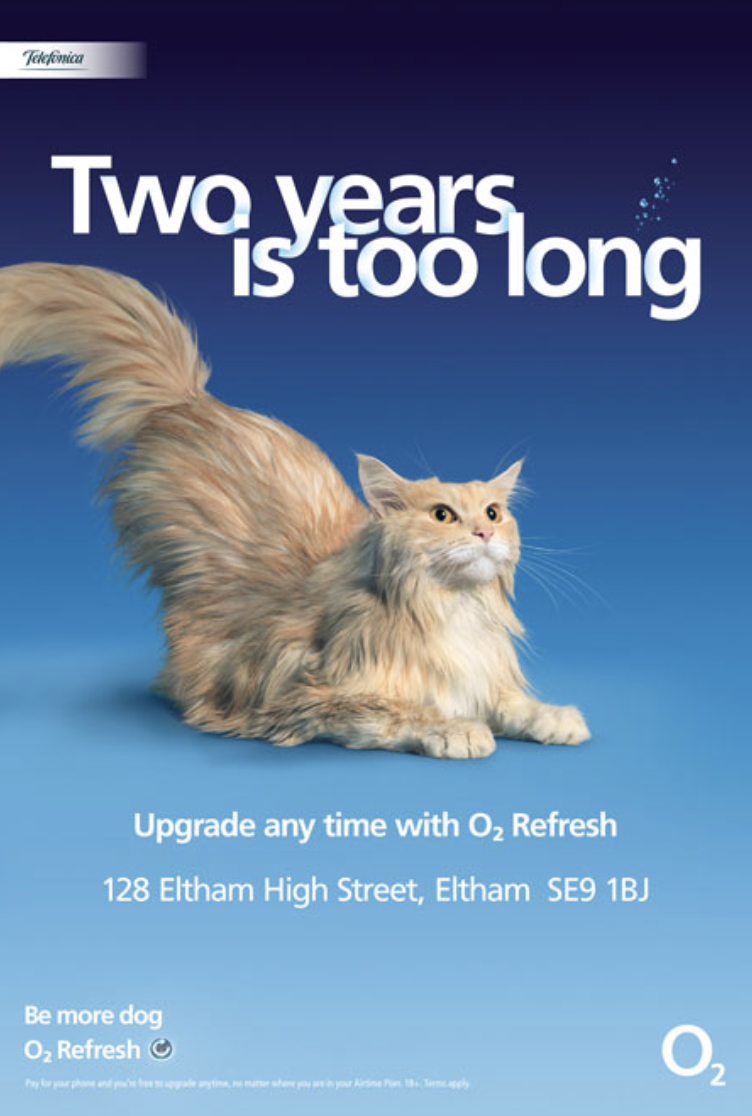
Because they had robust 1st-party data, they were able to tell clients:
When they needed a phone upgrade.
What phones they should upgrade to.
Testimonials of others who upgraded their phones.
In digital advertising, few data points can go a long way. And O2 didn’t have to look far for their creatives, either. They created 1000 versions of their existing TV ads and targeted them to the right audience by delivering them directly to their mobile phones.
Final Notes: Keeping Track of Results for Actionable Insights
Programmatic campaigns leverage a lot of data. Gaining actionable insights from your clients’ campaigns can be a challenge when you’re running multiple campaigns for many different clients.
Marketing agencies that use live dashboards to track their programmatic campaigns from one unified account accurately measure the success of their programmatic campaigns. Not only does it make them more likely to get more clients, but to retain them too.
And in a fast-paced environment like programmatic advertising, easy access is critical. A live dashboard like StackAdapt’s reporting dashboard pulls in your clients’ real-time programmatic campaign data for easy analysis and reporting.
If your agency uses multiple platforms and needs a unified PPC client report, look no further. Combine your clients’ programmatic campaign data with over 80 other marketing channels to give a full picture of your clients’ marketing activities.
With easy-to-use drag and drop features, AgencyAnalytics’ marketing dashboards and client reports are fully white-labeled and customizable for that added personalization your clients deserve.
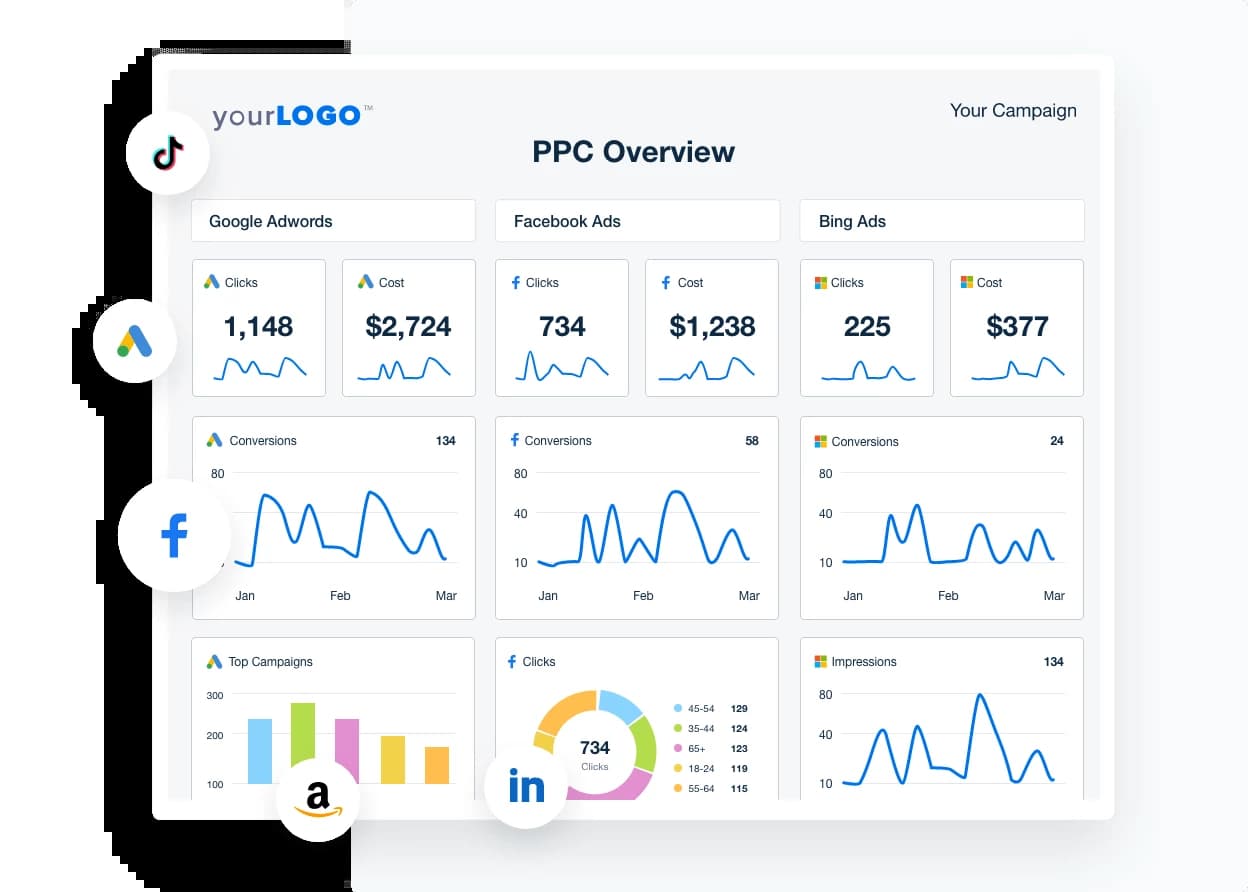
Track your PPC campaigns from a visual dashboard and pull in all your clients’ campaign data under one roof.
New to AgencyAnalytics? It’s time to make your client reporting a breeze. Start Your Free 14-day Trial today!

Written by
Ariel Liu is the Manager of Client Services at StackAdapt.
See how 7,000+ marketing agencies help clients win
Free 14-day trial. No credit card required.



